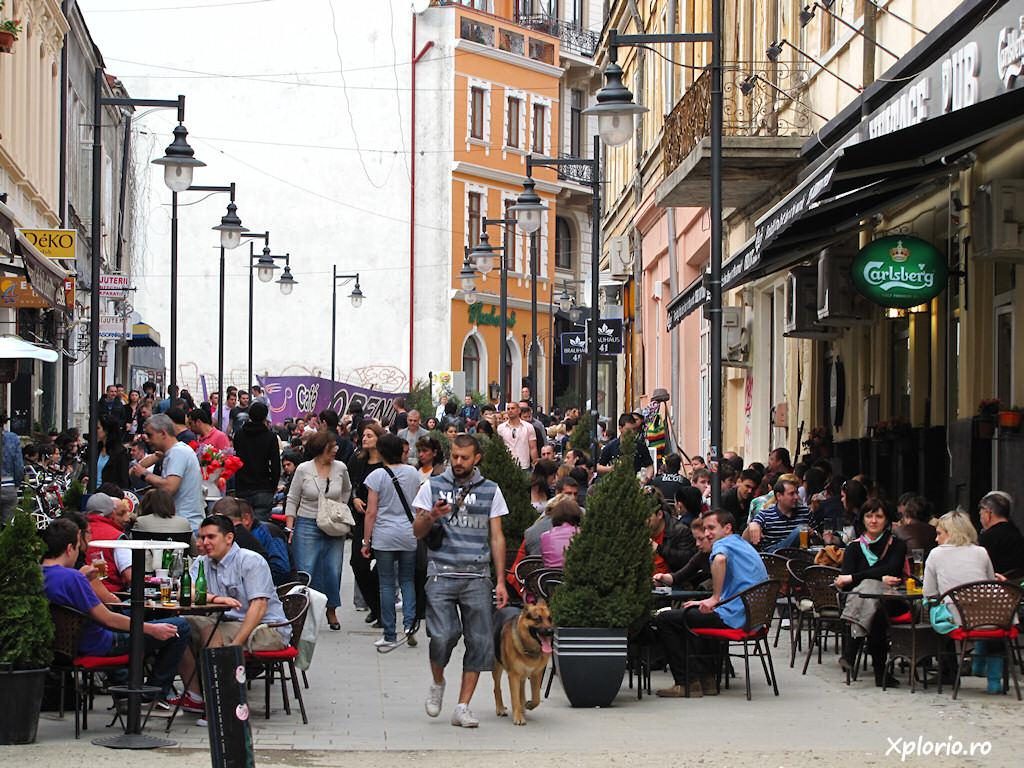
Located a few minutes’ walk, the historic centre preserved buildings of the old Bucharest. One can still see residences raised in absolutely different styles: Renaissance, Barocco, neo-classic or combinations of all of these. Even before the “official birth “ of Bucharest (September 20th, 1459). Lipscani street was the most circulated town area. Its name comes from Lipsca (Leipzig), a thing that reminds us of an extremely dynamic trade life of Walachia. Once the political and trade centre was settled down at the Old Court, the former was surrounded by numerous guilds of fur merchants, shoe makers, coppersmiths, saddle makers, grocers. Numerous streets in the neighborhood still bear the names of the former guilds.

In this area, one can visit Biserica Stavropoleos. Small construction but altogether remarkable, the Stavropoleos Church dates back to the year 1724.Entrance is free, visiting hours 08.30 -18.00 but it is closed during the divine services. (4, Stavropoleos St, Bucharest).
You may also find here Curtea Veche. The construction was raised by the end of the XIVth century covering an area of about 160 sqm. Later on, Prince Vlad Tepes decided to extend it to 700 sqm and consolidates the brick walls with river stone blocks. This is the place where Vlad Tepes signed the document dated
September 20th, 1459, which testifies for the first time the name of Bucharest.

Manuc’s Inn, is an old building of Bucarest, an important tourist objective as well as a historical monument. Its founder, Manuc Bei (Manuc Marzaian) was born in 1769 at Rusciuc. It is one of Bucharest inns that enjoyed a special fame in the first half of the XIXth century. Manuc’s Inn is also the place where the Bucharest Treaty was signed in 1812, that led to the territory between the rivers Siret and Nistru of Moldova Principality to be occupied by the Russian Empire.
It is one of Bucharest inns that enjoyed a special fame in the first half of the XIXth century.
Manuc’s Inn is also the place where the Bucharest Treaty was signed in 1812, that led to the territory between the rivers Siret and Nistru of Moldova Principality to be occupied by the Russian Empire.
Small streets, with flagstone plates, cafes and restaurants in the open looking almost Parisian, await you to spend one evening in the most pleasant way.
